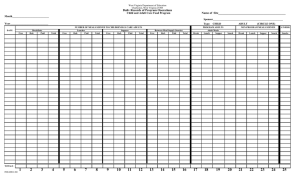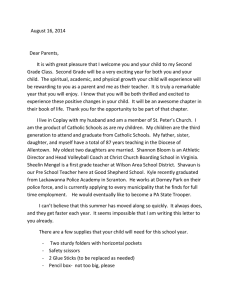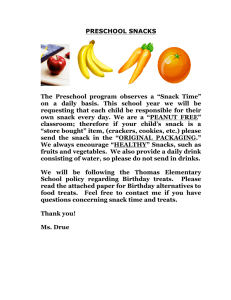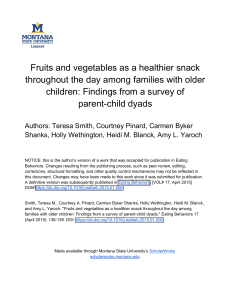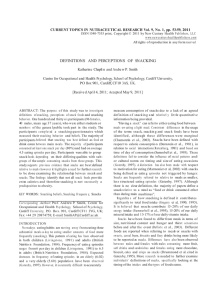Document 12793911
advertisement
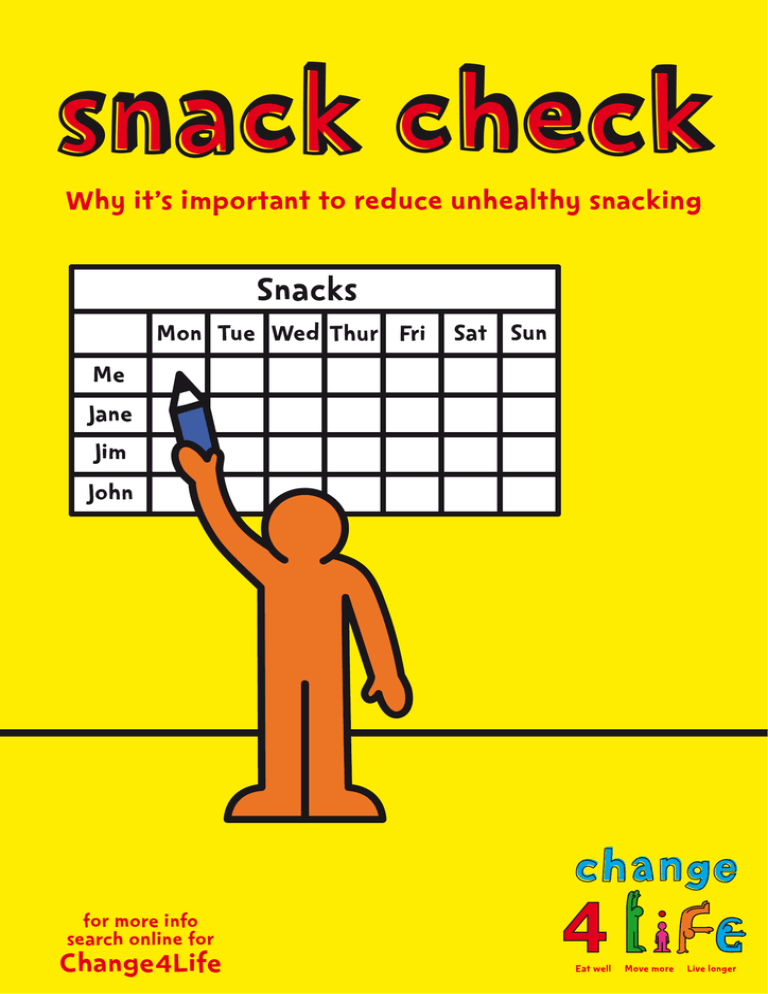
snack check Why it’s important to reduce unhealthy snacking for more info search online for Change4Life snack check Here are some ways Snack Check can help: 1. Keep count Many families are surprised when they actually count up how many sweets, crisps and biscuits they get through and how much they are spending on snacks. Keep count and you’re more likely to cut down – which is good for your kids and for your purse too. 2. Three regular meals Kids who eat three meals a day shouldn’t need lots of snacks. If your kids seem to be raiding the snack cupboard or biscuit barrel several times a day, think about what meals they’re eating and when, and aim for three regular meals a day. 3. ‘2 Snax Max’ To fit in with their three meals a day, some families find a good way of limiting snacks is to introduce a snacking limit such as ‘2 Snax Max’ and to offer just one snack in the morning and one in the afternoon. Remember, under 5s often need a mid-morning and mid-afternoon top-up. Choose healthy snacks such as fruit, breadsticks, rice cakes or toast. 4. It’s not you, it’s the rule Kids, don’t blame Mum! She’s just sticking to the rule – ‘2 Snax Max’. Mums, don’t feel guilty. If it helps, blame Max! 5. It’s kinder to say ‘no’ Of course we all love to indulge our kids. But in the long run it’s kinder to say ‘no’ to too many snacks. Try to find other ways of rewarding them like giving them stickers or a trip to the park. 6. One of your 5 If you can make one of their snacks a healthier one, all the better. Fruit rather than a biscuit is a great way for children to get towards their 5 A DAY. These swaps are suitable for children over the age of 2. If you are offering kids dairy snacks remember that children under 2 should have full fat dairy products. From age 2 you can gradually introduce lower fat foods providing they are a good eater and growing well. © Crown copyright 2010. C4L160 Families poster 4 Snack Check March 2010. Produced by COI for the Department of Health.

